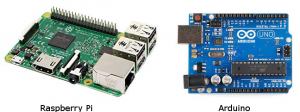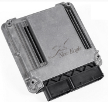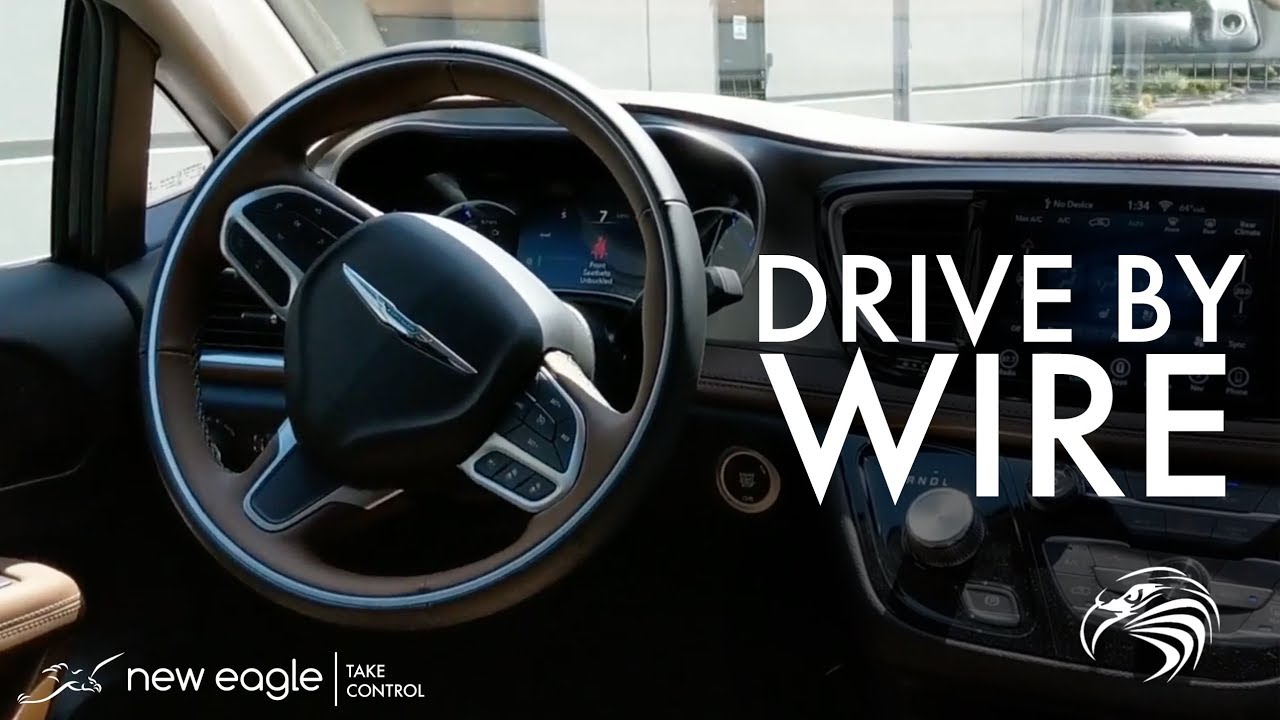Developers working in the autonomous vehicle market will likely face the difficult decision of whether to build their own drive-by-wire platforms or to purchase a pre-made one. With pros and cons to both, it’s important to weigh the options before making a choice that could impact both the development timeline and budget. New Eagle’s control system experts weighed in on some of the most important questions to consider in this pivotal decision-making process.
Do You Have Automotive-Grade Hardware and Software?
If you’re intending your vehicle to reach production, safety standards like those set by the International Organization for Standardization are stricter than ever. Meeting these standards can prove difficult on do-it-yourself systems.
 Hardware, for starters, needs to be automotive grade. While some DIYers are drawn to common microprocessing units like Raspberry Pi or Arduino because of their versatility and low sticker price, they can actually end up costing developers more in the long run. Intended for educational and prototype projects, these hardware components are not designed to withstand the harsh environments end-vehicles will be exposed to on the road, nor are they compliant with production safety requirements for road vehicles, such as redundant ROM and a secondary processor.
Hardware, for starters, needs to be automotive grade. While some DIYers are drawn to common microprocessing units like Raspberry Pi or Arduino because of their versatility and low sticker price, they can actually end up costing developers more in the long run. Intended for educational and prototype projects, these hardware components are not designed to withstand the harsh environments end-vehicles will be exposed to on the road, nor are they compliant with production safety requirements for road vehicles, such as redundant ROM and a secondary processor.
Similarly, software plays an important role in ensuring your drive-by-wire system is automotive grade. DIYers may turn to manually write C-code. Generally, this manual approach is frowned upon in the automotive industry, as it’s not only time consuming, but also error-prone.
Instead, an embedded model-based software design approach is considered an industry best practice. Eliminating the need to hand-code, embedded model-based design significantly reduces the amount of time to develop software, as well as the risk of error.
Additionally, embedded model-based design tools like Raptor are designed to meet automotive-grade requirements, using CAN messaging conventions and fault-handling in drive-by-wire software. Testing tools, like RaptorTest, also help validate hardware-in-the-loop both before and after installation in a vehicle.

While purchasing a premade drive-by-wire control system may seem expensive at first, it offers a more sustainable and cost-saving solution in the end. Developers have the assurance that an automotive-grade system can withstand harsh, on-road environments, as well as the confidence that their system is better-aligned to meet the automotive safety requirements for production in the future.
How Easy is it to Control Steering and Speed?
If developing a drive-by-wire vehicle is your ultimate goal, you’ll want to maximize precious computation power, while minimizing your end user’s need to calculate and communicate with the machine.
Some premade drive-by-wire solutions, like ours, accomplish this through custom automotive-grade software that has common calculations built-in. For example, our engineers build software that automatically calculates the amount of braking or acceleration needed to achieve desired vehicle speed. Similarly, built-in software automatically calculates the amount of steering torque needed to pivot the vehicle the desired angle. This eliminates the need for the user to calculate and communicate this, helping to maximize computation power to focus on building a great autonomous machine.
However, should you decide to build your own drive-by-wire system, you’ll need to consider how you’ll address important control challenges like speed and steering so your machine is both safe, as well as simple to operate for end-users.
Are You Prepared to Handle High-Voltage Systems?
Many autonomous systems consume a large amount of electrical power. For electric and hybrid vehicles, this power is readily available from the high voltage battery. However, not everyone is comfortable modifying high voltage wiring.
Without the right experience, navigating this process can be time-consuming, expensive, and even risky as any error could lead to a dangerous malfunction. If you don’t have the expertise, budget or timeline to accomplish high-voltage system modification independently, augmenting your team with safety-certified engineering experts can help.
Similarly, opting for a premade drive-by-wire kit can give you greater confidence in your vehicle’s high-voltage safety and sustainability. Kits like ours, for example, include the OEM connectors, sealed junction boxes, and high voltage interlock system (HVIL) protection needed to ensure modifications meet industry safety standards.
Above All, Consider Flexibility
If your goal is to create the best autonomous vehicle you can, you’ll want to make a decision that is, above all, safe and flexible. While building your own drive-by-wire system from scratch may, at first, seem like the best way to accomplish this, it’s important to note the considerable time and safety risks that come with doing so.
Instead, consider a premade, customizable drive-by-wire solution that is better aligned to meet safety standards. With ones like New Eagle’s that can be customized for nearly any vehicle, successful plug-and-play drive-by-wire control may actually prove better-aligned with your project’s goals.
For more information about drive-by-wire systems, or to discuss another other control system challenge, contact New Eagle’s team of engineering experts.





